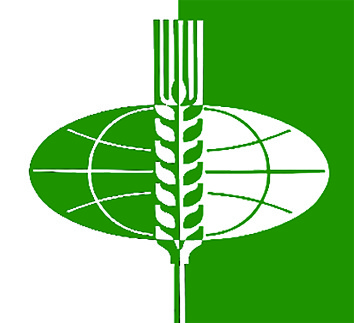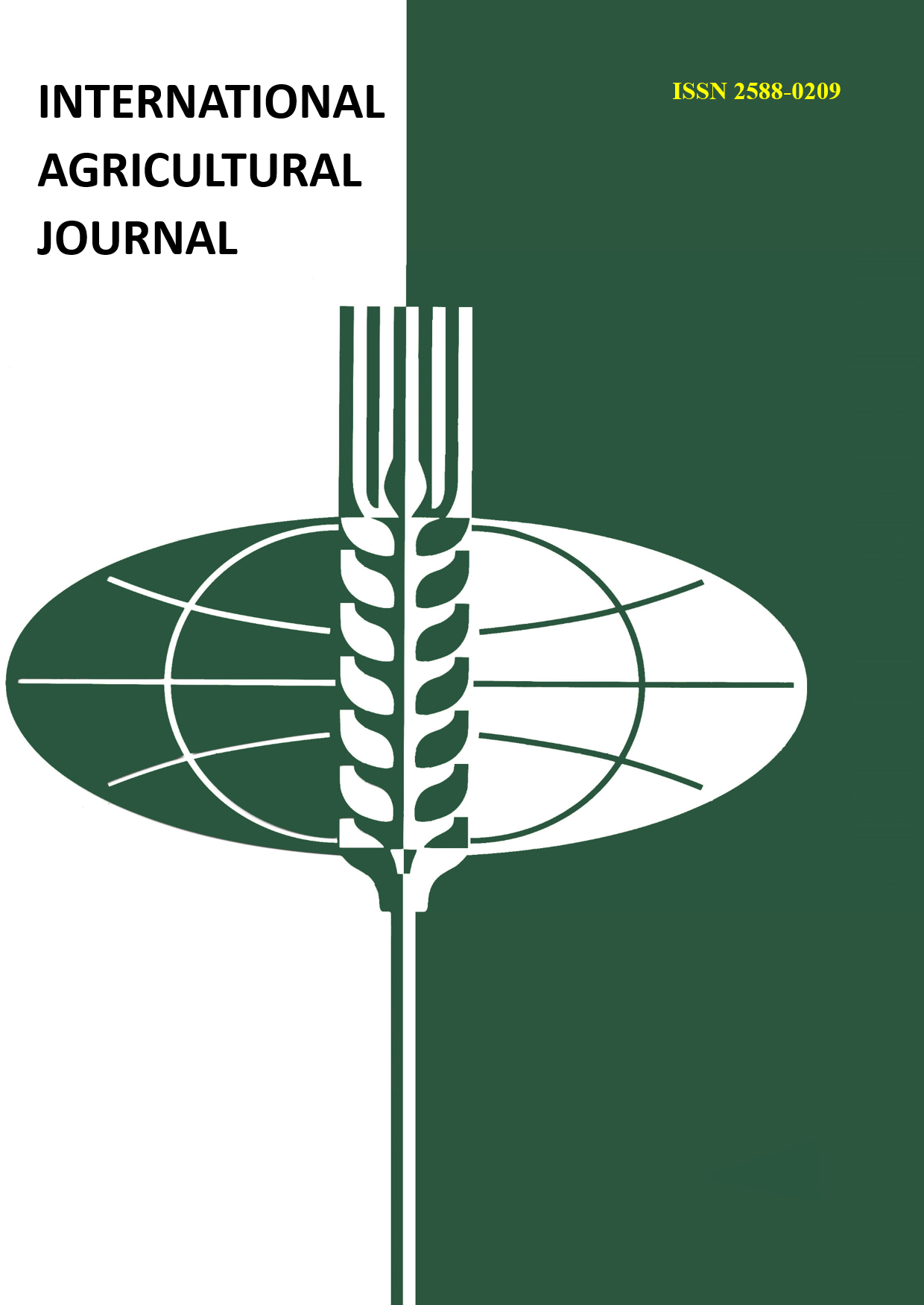Russian Federation
Russian Federation
The problems of increasing the yield of field crops and reducing the pesticide load on the agrocenosis are the main ones at the present stage. This determined the research: studying the possibilities of integrated use of herbicides and growth regulators in order to reduce the pesticide load and improve farming standards. The purpose of the study is to assess the effectiveness of the integrated application of Basis and growth regulators on corn in the forest-steppe zone of the Chechen Republic. The study was carried out against the background of a complex type of contamination. The use of derivatives of humic substances made it possible to reduce the number and air-dry mass of weeds, the death rate was 57.5-63.2%. The use of preparations containing microorganisms ensured the death of 54.0-66.0% of weeds in comparison with the control. With the use of growth regulators and derivatives of humic substances, 6.27-7.36 t/ha of corn grain was obtained. The yield is slightly lower when using the microbiological preparation Vostok EM-1 7.47 (71.7%) -8.60 (97.7%) t/ha. The integrated use of growth regulators and Basis ensured grain yields of 7.99-9.75 t/ha. The highest yield was obtained with the combined use of Basis and humic substance derivative Humate+7 0.01% - 9.75 t/ha and the microbiological preparation Vostok EM-1 1.0% - 8.61 t/ha. In the conditions of the forest-steppe zone of the Chechen Republic, in order to combat weeds and reduce the stress impact on plants of mid-season corn hybrids, the most effective is the use of preparations derived from humic substances Gumat + 7 0.1% and the microbiological preparation Vostok EM-1.
kukuruza, gerbicid, Bazis, regulyatory rosta, vidovoy sostav, poteri urozhaya, urozhaynost', gibel', snizhenie massy














